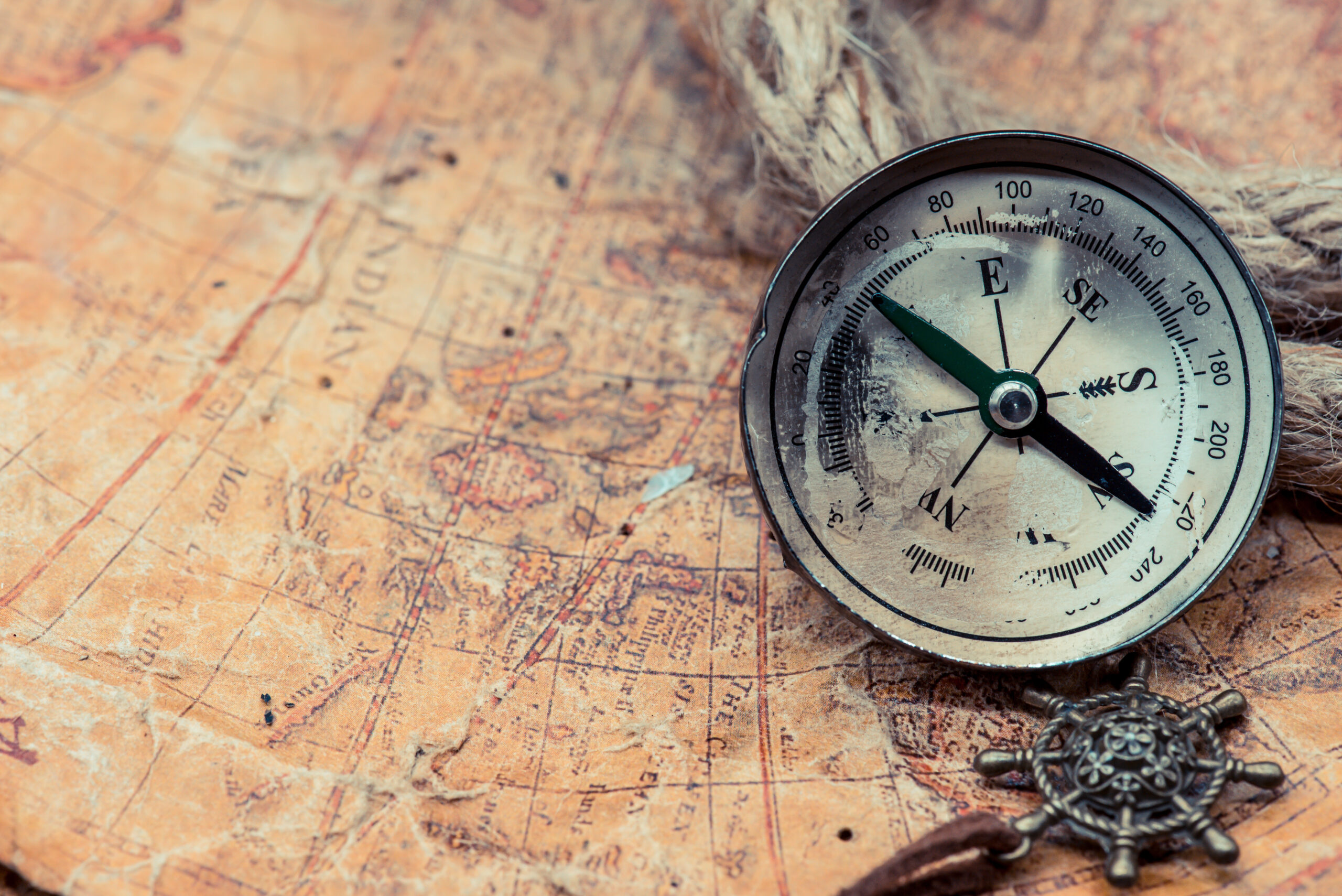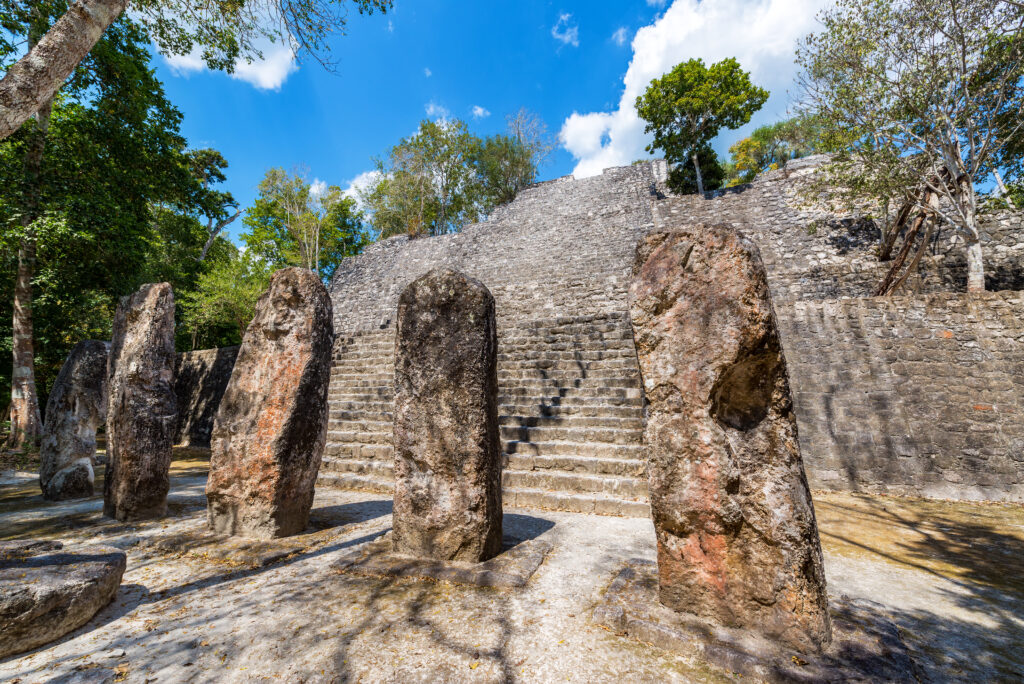‘In fourteen hundred and ninety-two Columbus sailed the ocean blue’
… and discovered America. Or did he?

There is some doubt whether Columbus ever set foot on the American mainland, certainly on his first voyage. It appears he landed on a Caribbean island, which was probably the Bahamas but no-one knows for sure. He thought he had arrived in the Indies, hence the name ‘West Indies’ and ‘American Indians.’ On his third (1498) and his fourth voyage (1502), Columbus explored the coastline of Central America, trying and failing to find a route through to the Pacific Ocean. Nevertheless, Columbus’ voyages led to Spain claiming the lands of the New World. Subsequent voyages of conquest led to war with the Aztecs, Inca, and Maya civilisations.
But did Columbus discover America? There is now plenty of evidence to suggest that the Vikings were there before him. Around the year 1000AD, Leif Ericson, who lived in Iceland, was on a voyage to Greenland and was blown off course by the wind. He reached Newfoundland, and for a while, the Vikings had settlements there. Leif called the settlement ‘Vinland’ – meaning ‘wine-land’ – after the wild berries or grapes discovered there, to make it appear more attractive than Greenland and encourage people to move and live there. Vinland provided crops and timber that Greenland couldn’t and helped sustain the Viking settlements. Eventually, finding life hard and tired of conflict with the Native Americans, the Viking settlers left and returned to live in Greenland and Iceland.
The Vikings may not have been the first Europeans to land in America. There is a legend that an Irish monk called St. Brendan sailed a hide-covered boat into the Atlantic in the 6th Century and discovered a place known as St. Brendan’s Isle. Its location has been variously identified as Iceland, the Azores, Greenland and the coast of the USA. The first surviving written accounts of this voyage date from around 900AD and mention the ‘Island of Sheep’, the ‘Paradise of Birds’, ‘pillars of crystal’, ‘mountains that hurled rocks at voyagers’, and the ‘Promised Land’ which historians and explorers have used to try and identify the true course and stops on the voyage. Medieval maps showed this Isle and it is widely believed that Christopher Columbus used one of these maps as a guide. In 1978, the historian and adventurer Tim Severin proved that it was possible to cross the Atlantic in a hide-covered boat in the Brendan Voyage.
Again, this is not the whole story because, of course, America was already widely settled when it was ‘discovered’ by Europeans. About 25,000 years ago, early humans walked across the Bering Straits land bridge from Siberia to North America following game. Some historians claim that early settlers sailed around the Pacific coast to what is now Alaska and spread south that way. Gradually they spread throughout the whole continent. Surely, these were the people who first discovered and settled America. What place then does Columbus deserve in the annals of discovery?




